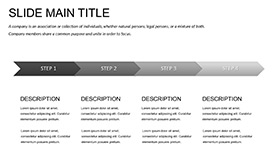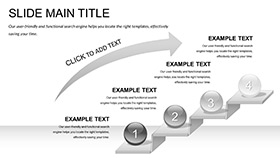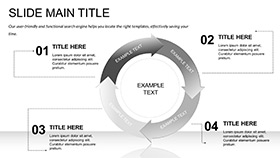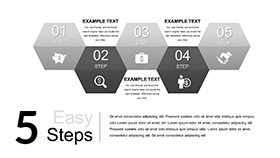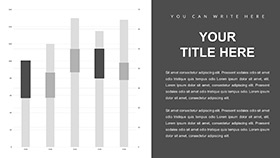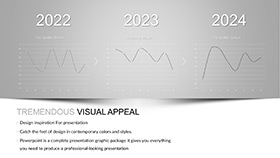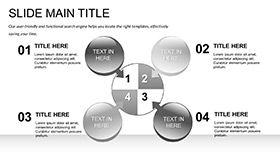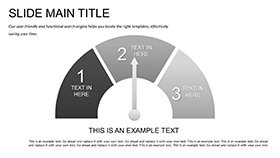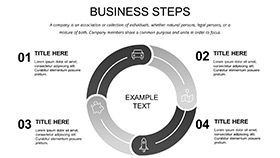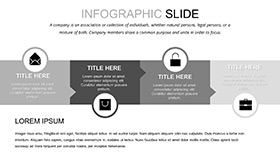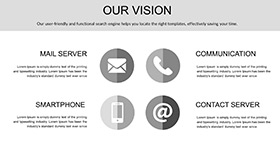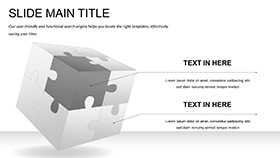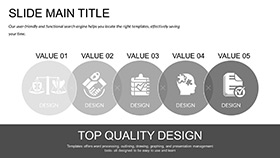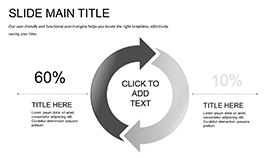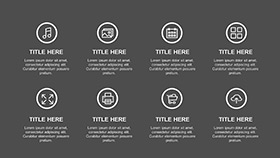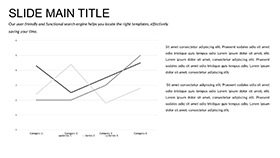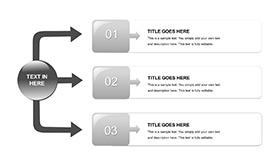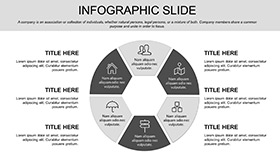There's a certain alchemy in presenting wine classifications - distilling regions, varietals, and vintages into moments that tantalize the senses and seal the deal. This Keynote template captures that essence with 28 elegant diagrams, crafted for sommeliers, vintners, and beverage educators who want to elevate discussions beyond mere lists. Whether you're curating a tasting menu for a high-end event or briefing distributors on portfolio expansions, these slides pour structure into your passion, making complex hierarchies accessible and alluring.
Infused with a refined palette that nods to oak barrels and ruby depths, the design balances sophistication with usability. Optimized for Keynote 2016+, it welcomes your personal flourishes, from swapping varietal icons to layering tasting notes. At $22, it's the affordable pour that enriches your repertoire, ensuring every presentation leaves a lingering aftertaste of expertise.
Essence of Design: What Makes This Template Pour Perfect
Foundationally strong, it features three master slides: one for categorical overviews, a nuanced one for profile deep-dives, and a harmonious closer for pairings. Three backgrounds - vineyard vistas, cellar shadows, or minimalist labels - set the stage, adapting to ambient lights in tasting rooms or conference halls.
Refined Tweaks for Tasting and Sales Narratives
Editability flows like a well-aged vintage; vectors for grape clusters and region maps resize flawlessly, while the seven schemes range from bold Cabernets to crisp Chardonnays. Placeholders for notes and scores invite quick inputs, and image wells frame bottle shots or harvest scenes with borderless grace.
A winery consultant once adapted the hierarchy slide to spotlight sustainable practices, threading certification badges through branches for a compelling eco-angle that swayed buyers. It's these fluid modifications that turn data into dialogue.
28 Diagrams Bottled for Wine Wisdom
- Varietal Trees: Branching structures for family lineages, with editable leaves for flavor descriptors.
- Region Atlases: Mapped layouts pinpointing terroirs, customizable pins for sub-appellations.
- Vintage Timelines: Linear sweeps of harvests, scalable for multi-decade views.
- Flavor Wheels: Circular breakdowns of aromas, rotatable segments for interactive reveals.
- Pairing Matrices: Grid matches of wines to dishes, with color-coded affinities.
Precision defines each, like a spectrum slide for body and acidity that visually gradients classifications, aiding novices and experts alike in navigating nuances.
In the Vineyard of Use: From Cellar to Boardroom
For sommelier trainings, start by populating the wheel with core attributes, then hyperlink to detail slides for deeper sips. Animate rotations to unveil layers, mimicking a sommelier's guided pour. The outcome: Sessions that educate without overwhelming.
In sales arenas, the matrix proves potent for menu consultations. A distributor layered client preferences over pairings, crafting tailored recommendations that boosted orders. This targeted layering makes abstracts tangible.
For educational workshops, atlas diagrams chart global influences, expandable for cultural contexts. It scales from intimate gatherings to large expos, always uncorking engagement.
Beyond Basics: Why This Elevates Your Pour
Eschewing plain charts, it infuses thematic depth - pre-set alignments let you focus on content, not cosmetics.
At a trade tasting, amid generic slides, your timeline unfolds harvests chronologically, drawing crowds with its narrative arc and prompting deeper inquiries.
Sip-Worthy Strategies for Stellar Shows
- Gradient Builds: Fade in flavor elements to build tasting progression.
- Label Sync: Match icons to estate motifs for authentic flair.
- Light Test: Verify hues under dimmed lights for true-to-life renders.
- Story Infuse: Pair diagrams with origin tales to enrich classifications.
These, from pro routines, ensure resonance. Acquire for $22 and toast to triumphs.
Frequently Asked Questions
Are the classification diagrams vector-based?
Yes, ensuring crisp scalability for prints or large screens.
How flexible are the color schemes?
Seven options, easily swapped to reflect wine profiles.
Compatible with macOS Ventura?
Seamlessly, with full feature support.
Easy to add tasting notes?
Text fields are pre-formatted for concise entries.
Include theme files?
Both .key and .kth for versatile application.
Best for group presentations?
Ideal, with clear visuals for shared viewing.






